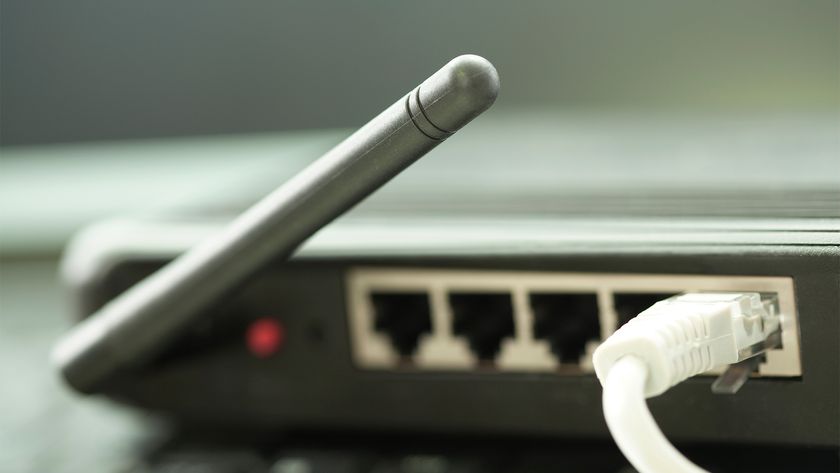A guide to switching to SIP trunking
Patrick Lincoln discusses the benefits of moving to SIP trunking and the challenges it causes

SIP Trunking has experienced a lot of hype in the telecoms sector lately. With the expansion of high-speed internet in the UK, an increasing number of businesses are turning to SIP trunking as a sustainable and scalable option for all their communication needs.
With all the excitement surrounding the changes in VoIP it is easy to focus on the benefits SIP trunking can offer your communications network. A comprehensive evaluation of the costs and logistical difficulties of moving your organisation’s communications to SIP Trunking should be undertaken before you come to any decision. Here are some of the fundamental facts you should know before making the transition to SIP Trunking.
Considerations to be Aware of
SIP trunking is highly dependent on reliable broadband internet. It places a large load on the network and a drop in bandwidth could result in a loss of call quality for your business. So take a careful look at your bandwidth capacity and check with your internet provider to insure that it will be able to carry the extra load. You may need to consider leased or assured lines to insure your VoIP voice quality remains high.
Interoperability can be a significant issue as well when switching to a new system, especially between PBX’s and SIP trunk providers. Although most PBXs designed after 2007 will be compatible with SIP, if there is a lack of interoperability with your PBX you will need to either replace it or purchase a SIP-ISDN Gateway to connect your SIP trunk with your PBX’s ISDN interface. Also, as you add your phones to the IP network, consider the possible need for additional network ports within the switching system. Always make sure your SIP provider tests your equipment, hardware and software, to insure compatibility. It will cost more, but you may eventually want to upgrade older equipment, such as swapping analogue handsets with IP phones.
As with any VoIP system, security issues (such as the capacity for DoS attacks and phreaking of unsecured PBXs) will be a concern. If SIP channels are installed correctly and properly configured, security risks such as these can be mollified with firewalls, border control, and fraud monitoring systems, such as Gamma’s CallGuard which works at the network level, or Avaya’s Session Border Control.
The Benefits of SIP Trunking
The complications involved with switching to SIP trunking are comparatively minor when compared to the advantages.
Foremost, you are going to save money as you centralise your PSTN access and eradicate the need for PRI and T1 lines. With the disappearance of separate data and voice lines your business downgrades the unified communications (UC) resources it previously needed. As a bonus, any ISDN rentals fees are abolished and call handoff fees no longer exist within your own network.
Channel Pro Newsletter
Stay up to date with the latest Channel industry news and analysis with our twice-weekly newsletter
Another benefit of SIP trunking is that it can be customized on a per-channel basis, effectively eliminating the existence of unused channels, common with ISDN. With no limitations on DDI ranges and thousands of potential channels on a single connection, your businesses will be able to instantly scale up or down, on a per channel basis to reflect your changing needs.
Although call quality can suffer if your bandwidth isn’t up for the extra load that SIP trunking will place on it, a reliable high-speed connection will result in superior HD voice quality. Additionally, since numbers aren’t tethered to a set location, moving to a new premise isn’t a problem. You can transfer the numbers to your new offices, or calls can be diverted over the SIP network to a separate location if the lines at one location are busy. Similarly, should one business location suffer a network disruption, built in safeguards insure continuation of service through automatized failovers to a secondary path.
SIP trunking offers greater flexibility and lower operating costs than most conventional VoIP options but it’s important to contact a dependable SIP provider to ensure that your company has all the information it needs before coming to an informed decision. The logistical and technical considerations need to be taken very seriously but the benefits of SIP trunking in terms of flexibility, scalability and cost saving are undeniable.
Patrick Lincoln is founder of Unified Communications company, Solution IP




















